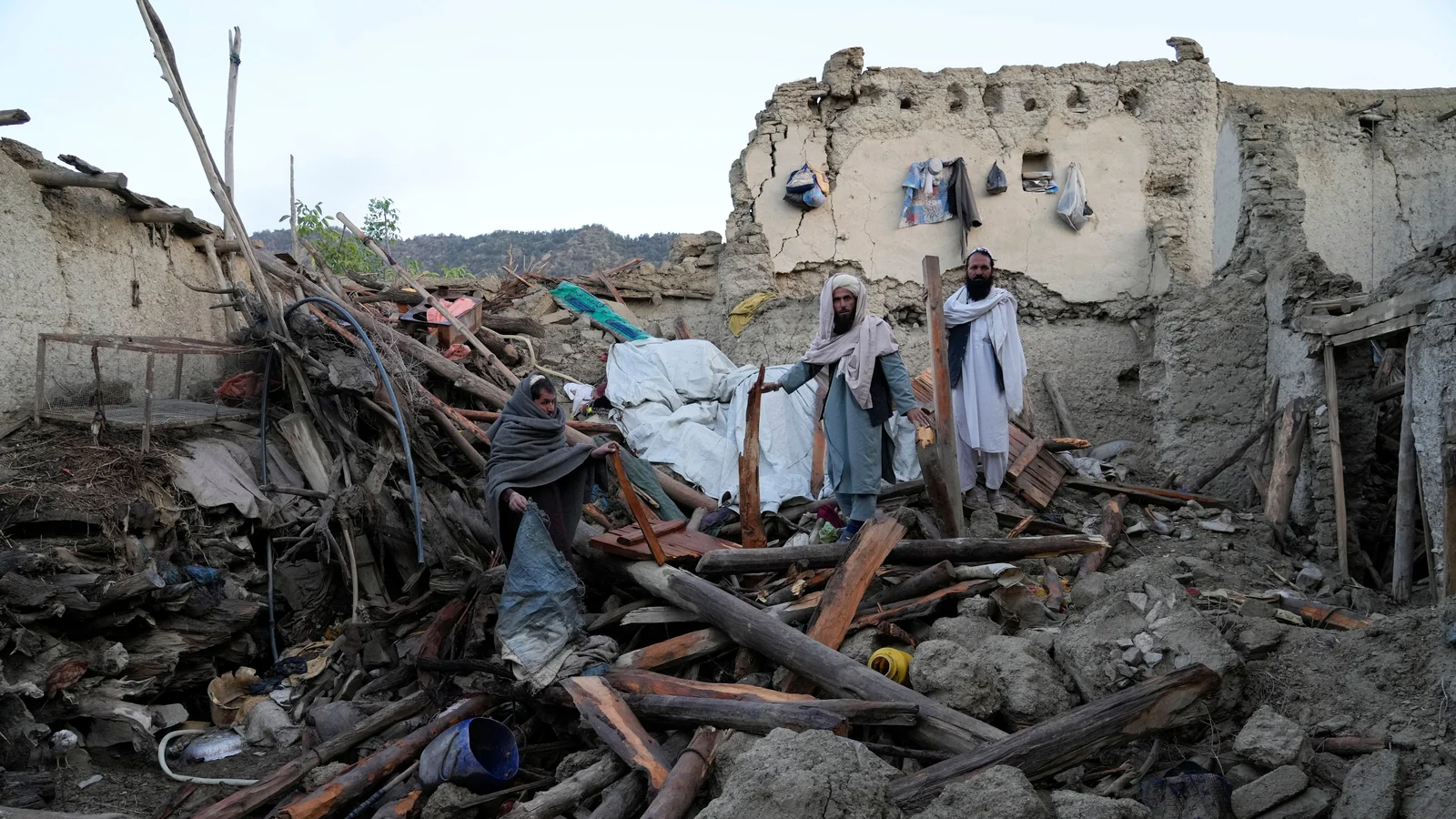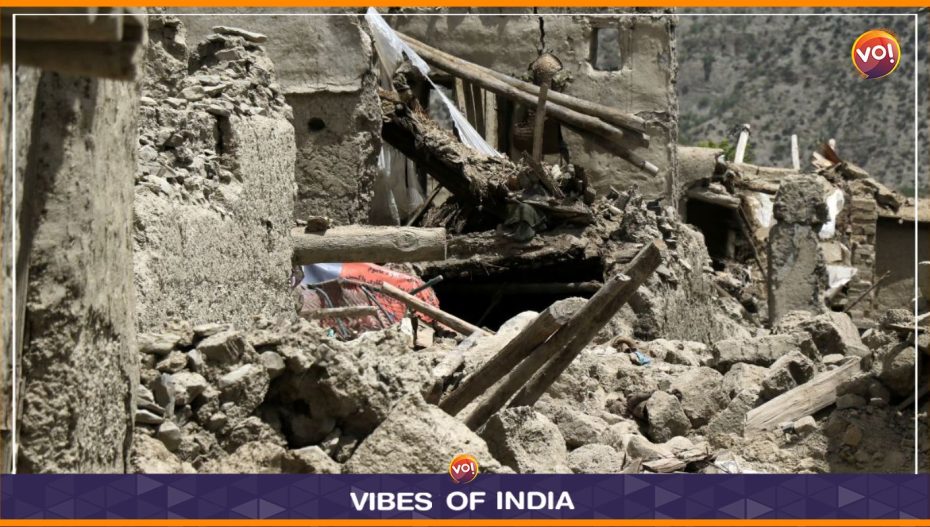A catastrophic magnitude-6.3 earthquake, accompanied by powerful aftershocks, struck western Afghanistan on Saturday, resulting in a staggering death toll of at least 2,060 people, according to a statement from Afghanistan’s national disaster authority.
Abdul Wahid Rayan, the spokesman for the Ministry of Information and Culture, revealed that the death toll from the earthquake in Herat may be even higher than initially reported. Six villages have been obliterated, and hundreds of civilians are believed to be trapped beneath the rubble. Urgent assistance is being called for in the affected region.
Initial estimates by the United Nations placed the death toll at 320, but the figure is still being verified. Local authorities, however, provided a more alarming assessment, citing approximately 100 fatalities and 500 injuries, as reported by the UN Office for the Coordination of Humanitarian Affairs. Furthermore, the update disclosed that 465 homes had been reported as destroyed, with an additional 135 suffering varying degrees of damage. The calamity ranks as one of the deadliest earthquakes to ravage the nation in the past two decades.
The United Nations issued a statement acknowledging that the number of casualties is anticipated to rise as search and rescue efforts persist, with the possibility of people still trapped under collapsed structures.
According to Mohammad Abdullah Jan, a spokesperson for the disaster authority, the Zenda Jan district in Herat province bore the brunt of the initial earthquake and subsequent aftershocks.
The United States Geological Survey identified the epicenter of the quake as approximately 40 kilometers (25 miles) northwest of Herat city. Following the initial temblor, the region experienced three powerful aftershocks measuring magnitude 6.3, 5.9, and 5.5, in addition to several lesser shocks.
Herat city resident Abdul Shakor Samadi described the harrowing experience: “All people are out of their homes. Houses, offices, and shops are all empty, and there are fears of more earthquakes. My family and I were inside our home; I felt the quake. His family began shouting and ran outside, afraid to return indoors.”
The World Health Organization in Afghanistan promptly dispatched 12 ambulance cars to Zenda Jan to evacuate casualties to hospitals. The organization also stated via social media that its teams are currently in hospitals aiding the treatment of the wounded and assessing additional needs, primarily for women and children affected by the disaster.

The breakdown of telephone connections in Herat has made it challenging to gather detailed information from the affected areas. Social media footage displayed hundreds of people congregating in the streets outside their residences and workplaces in Herat city.
Herat province shares a border with Iran, and the quake’s impact extended to nearby Afghan provinces of Farah and Badghis, as per local media reports.
Abdul Ghani Baradar, the Taliban-appointed deputy prime minister for economic affairs, extended condolences to the victims in Herat and Badghis, while urging local organizations to swiftly reach the earthquake-stricken areas to provide medical assistance, shelter for the displaced, and sustenance for survivors. Security agencies were urged to employ all available resources and facilities in rescue operations.

In a heartfelt message on social media, Japan’s ambassador to Afghanistan, Takashi Okada, expressed his condolences, stating that he was “deeply grieved and saddened to learn the news of the earthquake in Herat province.”
This tragedy recalls the memory of a powerful earthquake in June 2022, which struck a rugged, mountainous region in eastern Afghanistan, flattening stone and mud-brick homes, resulting in a death toll of at least 1,000 people, with approximately 1,500 others sustaining injuries.
Also Read: Actress Nushrratt Bharuccha’s Safe Return From Israel Amid Conflict












